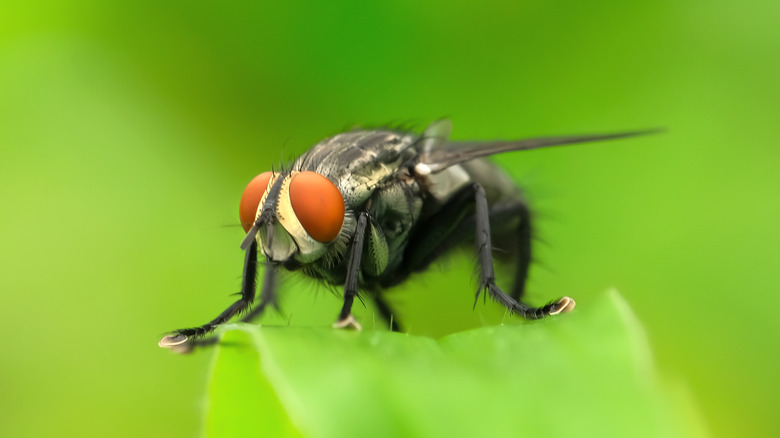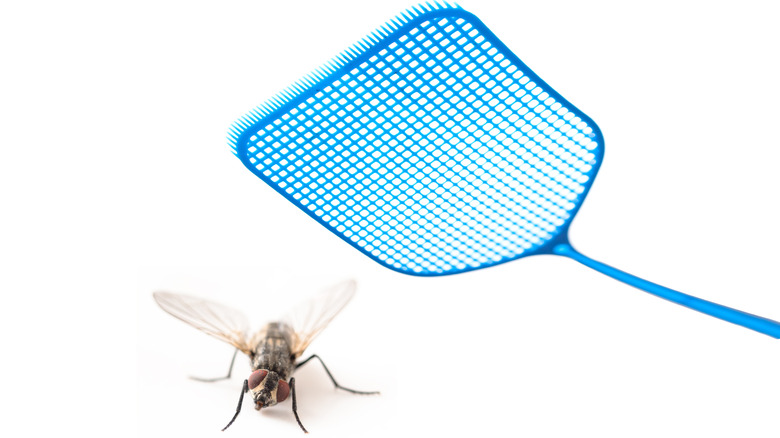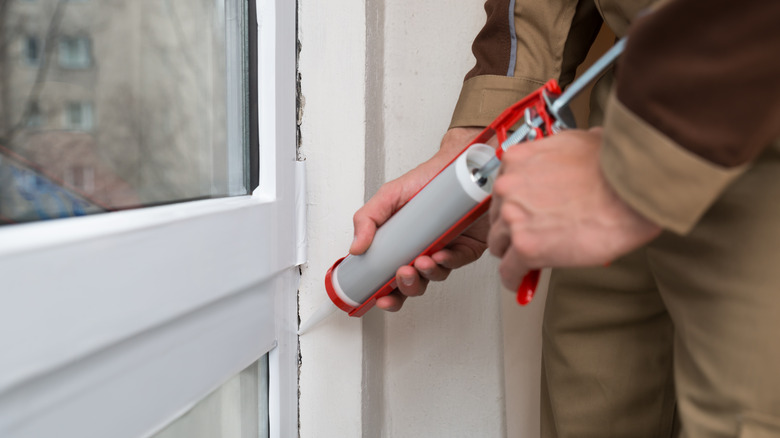Simple Methods For Keeping Cluster Flies Out Of Your Home
If you've noticed an uptick in flying insects in your home lately, especially around your windows, they may be cluster flies. These differ from regular house flies in that they're larger, have yellowish hair on their upper bodies, and move much slower. Cluster flies don't bite the way horseflies do, nor are they as unsanitary as common house flies, but they're still a nuisance. Can you get rid of them yourself? Yes, there are several simple ways to handle them including using flyswatters, fly traps, vacuuming, and sealing openings where they enter the home.
Sealing openings? Yes, these little pests enter homes through small cracks, gaps, and holes that can occur all around the home. They then hide inside spaces like walls and attics during the winter months. When the weather gets warmer, they emerge and gather around windows looking to escape. Sealing the openings in and around your home is one of the best ways to prevent cluster flies in the first place. If you're already noticing quite a few grouped around your windows, though, you may be able to get rid of them now and then seal openings to prevent the pesky visitors in the future.
Eliminating cluster flies in your home
These little flies get their name for clustering together in your walls or other places like attics from late fall until spring when temperatures start rising again. You probably won't notice them until they come out and start buzzing around your windows looking for an exit point. This can also happen on warm days during the winter. Since these insects can attract rodents, you'll probably want to find a purging method you feel comfortable using fairly quickly after noticing them.
One simple method is the trusty flyswatter. Cluster flies move slower than regular house flies, so you might be able to take care of them with a flick of the wrist and then vacuum up the remains. Speaking of vacuums, their lethargic motion also means you can use a hand vac to capture live cluster flies and then release them outdoors. Making your own fly trap by adding sugar water to a glass jar with holes in the lid just big enough for a fly to enter is another solution. Just remember to change the water daily.
Insecticides can be an option, too. If you're okay with using bug sprays in your home, look for one containing pyrethrins and closely follow the package directions for use. For severe infestations, however, you may need to call in a professional pest control service. They can employ bombs or foggers to effectively eliminate cluster flies throughout your home and attic.
More on sealing your home to foil cluster flies
The best way to deal with cluster flies is to prevent them from getting inside your home before they become a nuisance. The product used most often for this purpose is caulk that you can purchase in applicator tubes at your favorite hardware store. Places to check seals on the exterior of your house include areas around windows and doors, along the foundation, and under the eaves. Interior cracks and crevices need to be sealed as well; don't overlook gaps around pipes under sinks, electrical outlets, and baseboards.
Many homes have window screens that need replacing and doors that get left open to let in a breath of fresh air. Other openings that would benefit from proper screening often get overlooked, however. Things like utility vents and attic turbine vents can also easily be screened to keep cluster flies and other insects out of your home. While it takes a bit of effort, sealing your home with either caulk or preventative screening is not hard to accomplish and these methods offer some of the best preventative measures to keep these pests out of your home.


